Optimal Timing for Pasture Clearings
Pasture clearings are most effective when conducted during specific times of the year, primarily depending on the growth cycle of grasses and weeds. The optimal period typically falls in late winter to early spring, before rapid plant growth begins, allowing for better control and regeneration. Additionally, late summer or early fall can be suitable for clearing to prepare the pasture for the next growing season.
Clearings should be scheduled when plants are dormant or just beginning to grow, minimizing disruption and promoting healthy regrowth.
Dry, mild weather conditions are ideal for pasture clearings to prevent soil compaction and ensure equipment efficiency.
Late winter and early spring are preferred for clearing, as it reduces competition for nutrients and allows new growth to establish quickly.
Avoid clearing during peak growth seasons to prevent damage to young plants and to reduce soil erosion risks.
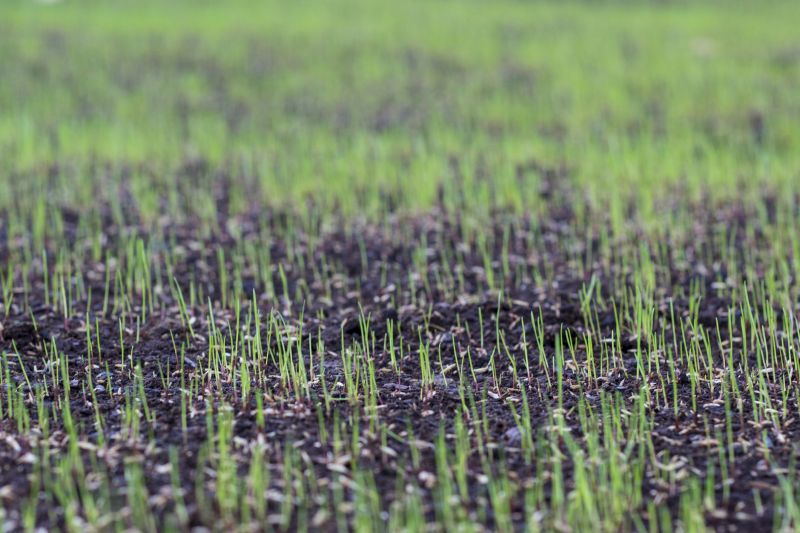
Spring is an optimal time for clearing to promote healthy regrowth.
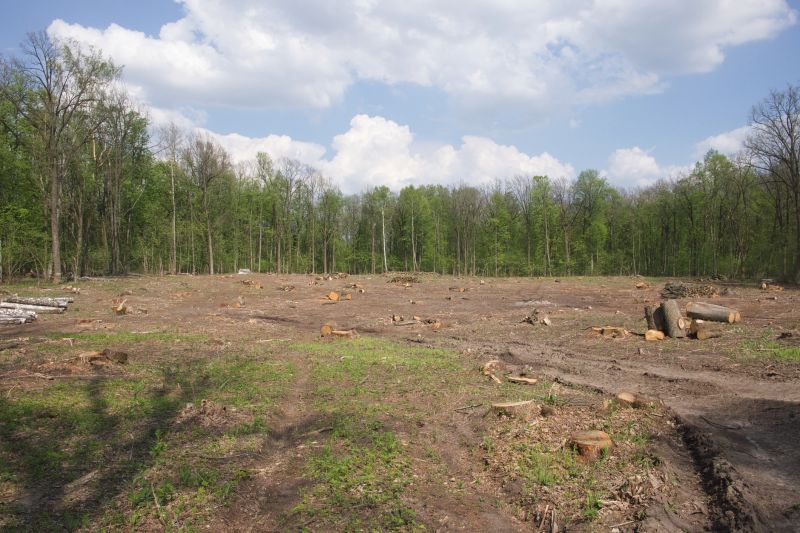
Clearings during dry conditions help prevent soil disturbance.
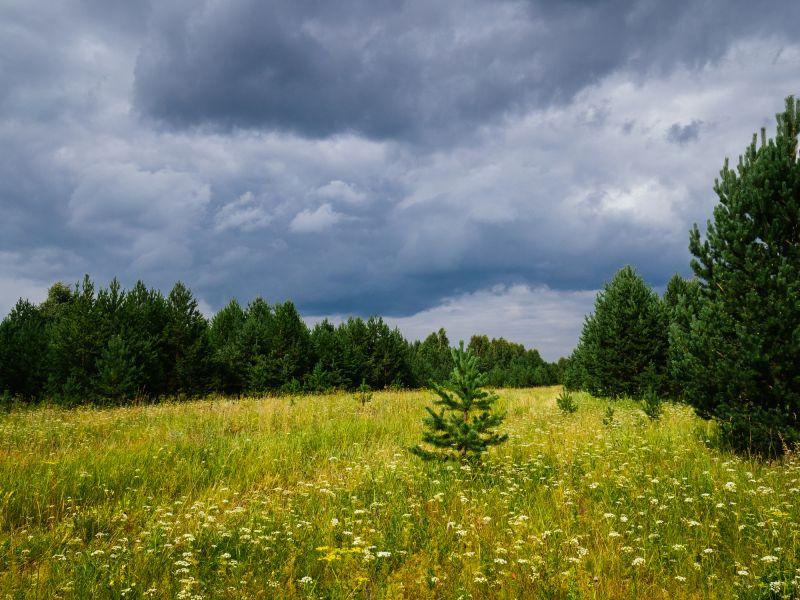
Timing clearings before grazing ensures lush pasture growth.
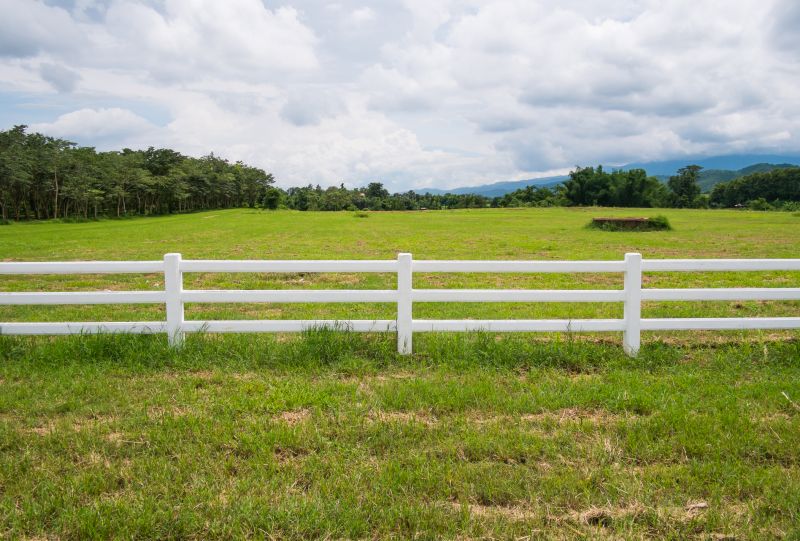
Ways to make Pasture Clearings work in tight or awkward layouts.
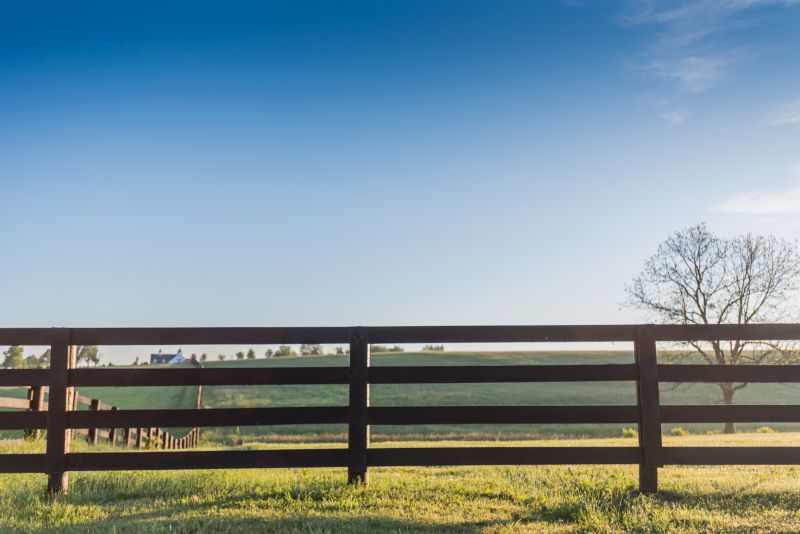
Popular materials for Pasture Clearings and why they hold up over time.
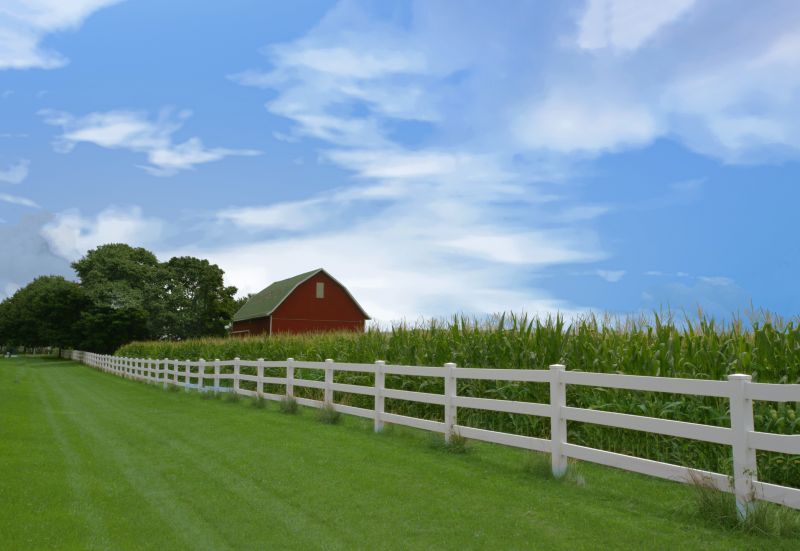
Simple add-ons that improve Pasture Clearings without blowing the budget.
| Season | Recommended Timing |
|---|---|
| Late Winter | Ideal for dormant plant clearing. |
| Early Spring | Pre-growth clearing to promote healthy regrowth. |
| Late Summer | Prepares pasture for upcoming grazing season. |
| Early Fall | Post-summer clearing to restore pasture health. |
| Avoid | Peak growth periods in late spring and early summer. |
Pasture clearings are a vital part of maintaining healthy grazing land. Proper timing ensures that unwanted weeds and overgrown vegetation are managed effectively, promoting the growth of desirable forage plants. Regular clearings can lead to increased pasture productivity, improved soil health, and better forage quality for livestock. Studies indicate that strategic clearing can enhance forage yield by up to 25%, depending on the timing and methods used.
Effective pasture management involves understanding the growth patterns of local plant species and scheduling clearings accordingly. Conducting clearings during the right season minimizes soil disturbance, reduces weed seed dispersal, and supports sustainable pasture use. Proper timing also helps prevent overgrazing and soil erosion, ensuring long-term pasture productivity.
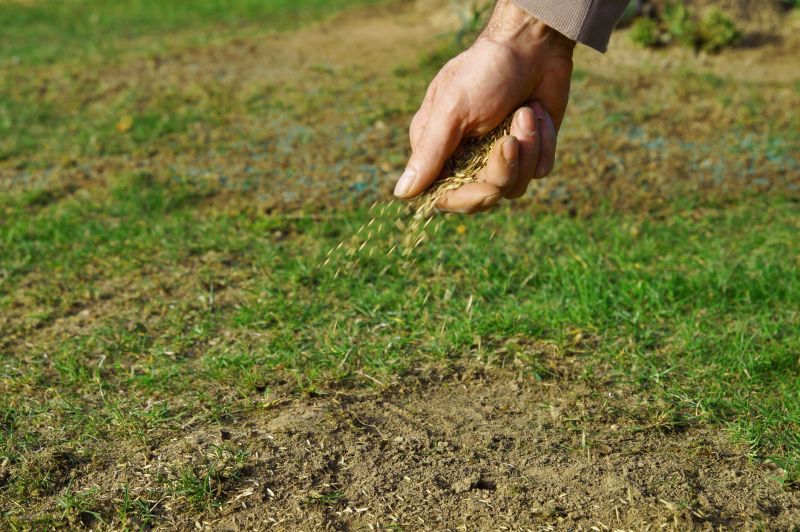
Supports healthy regrowth and prepares pasture for grazing.

Restores pasture health after summer grazing.

Timing clearings before livestock access boosts forage quality.
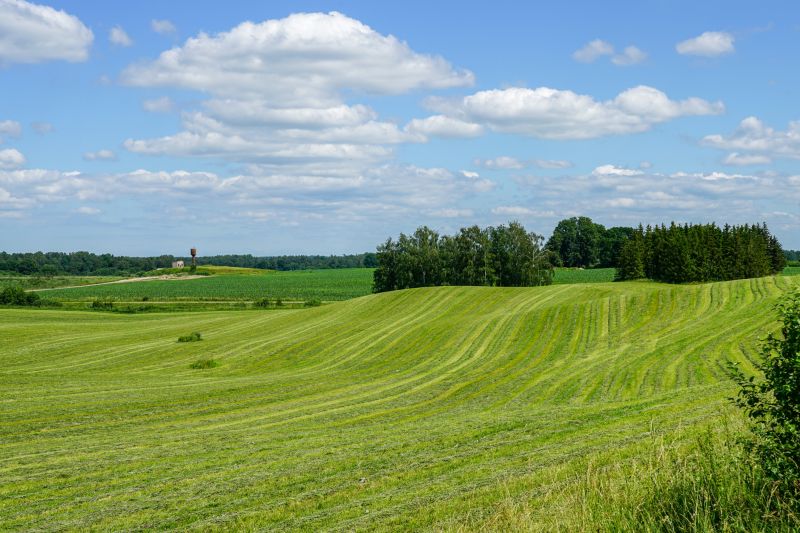
Optimal for soil stability and equipment efficiency.
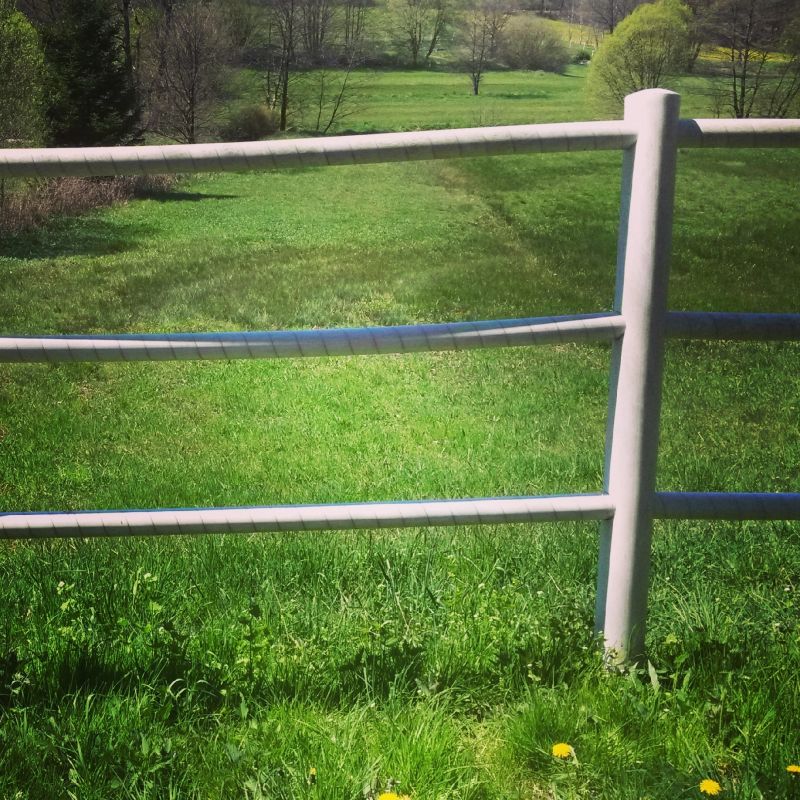
High-end options that actually feel worth it for Pasture Clearings.
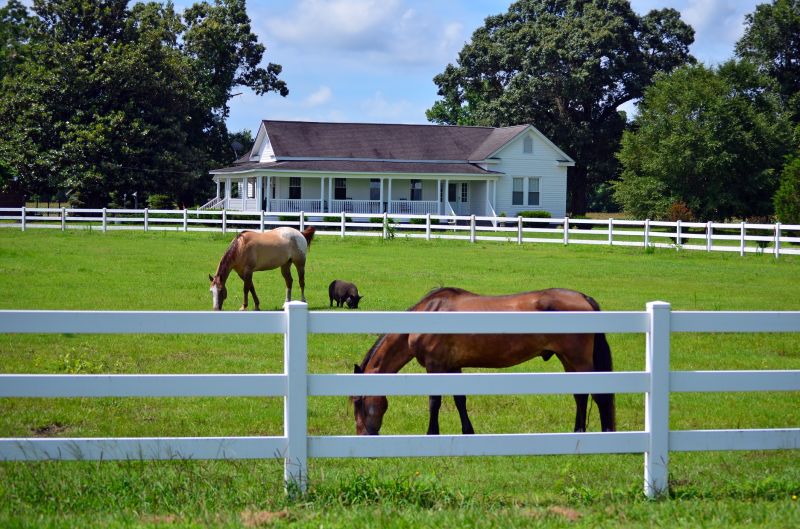
Finishes and colors that play nicely with Pasture Clearings.

Little measurements that prevent headaches on Pasture Clearings day.
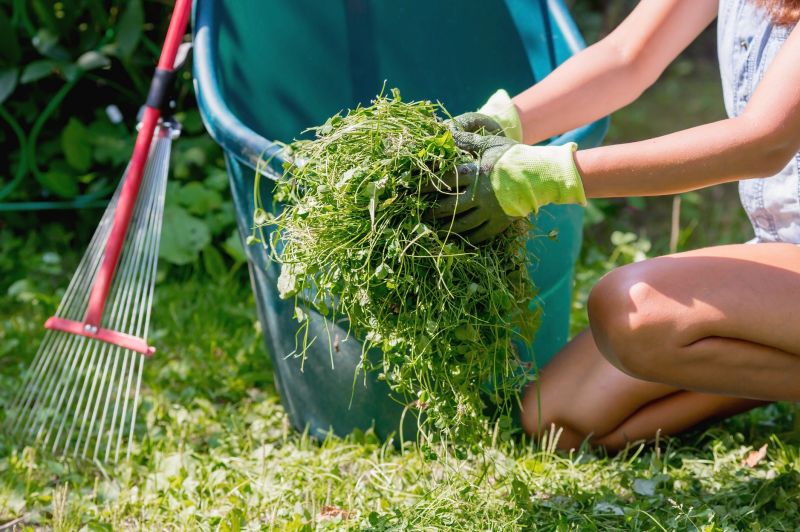
A 60-second routine that keeps Pasture Clearings looking new.
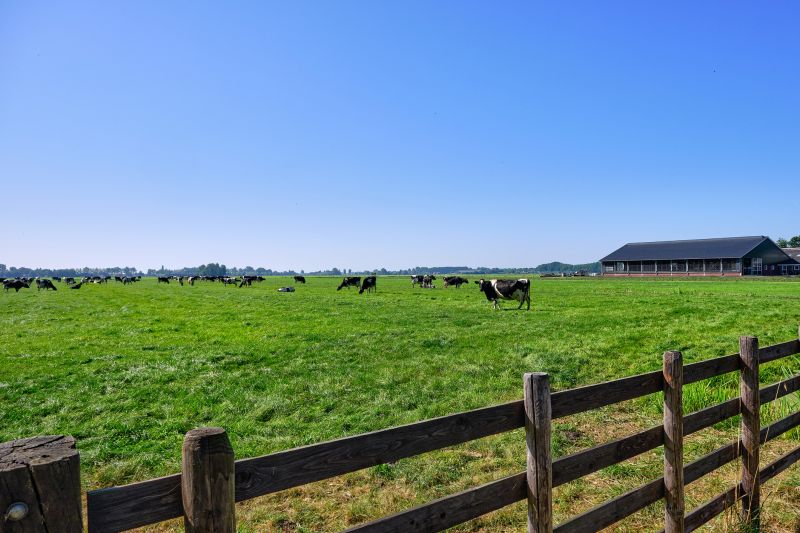
A frequent mistake in Pasture Clearings and how to dodge it.
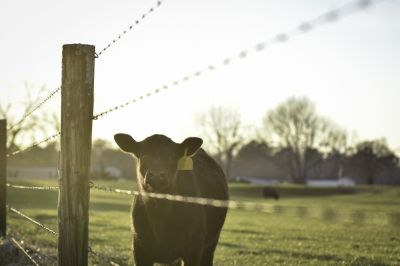
Small tweaks to make Pasture Clearings safer and easier to use.

Lower-waste or water-saving choices for Pasture Clearings.

The short, realistic tool list for quality Pasture Clearings.
Interested in scheduling a pasture clearing or learning more about optimal timing? Contact for professional advice and services to ensure the best results for pasture health and productivity.
